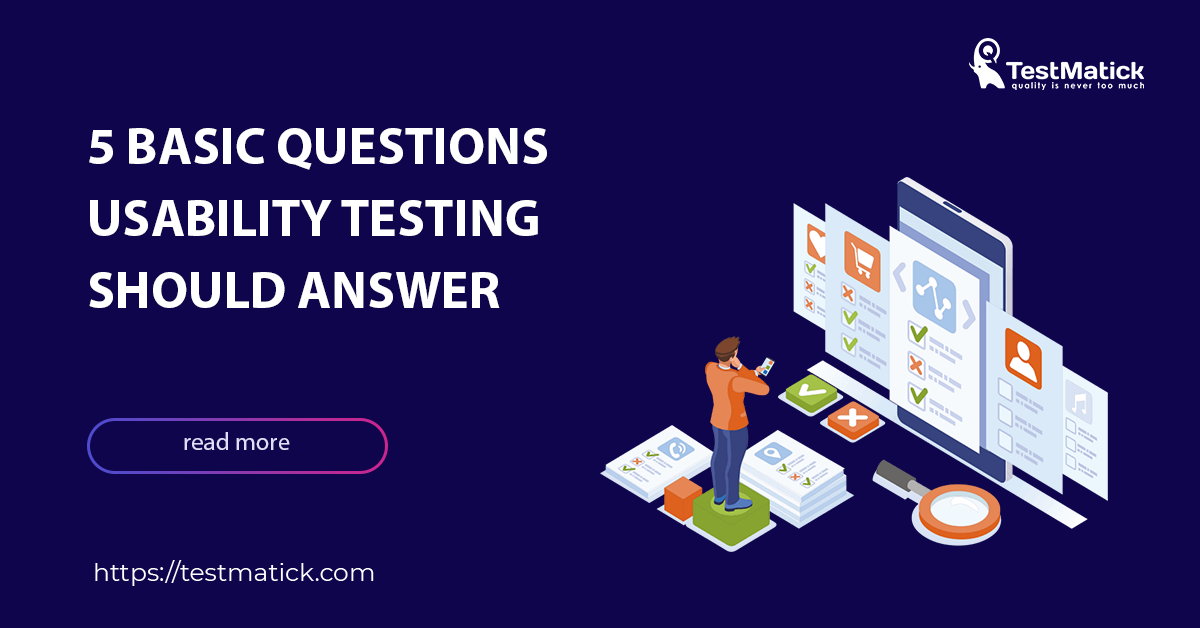As you know, usability testing is a special software testing technique that is performed with the involvement of real users. Its goal is to evaluate the performance of a web product as close as possible to real conditions.
A lot has been said and written about this type of testing. In this article, we will look at five fundamental questions and answers to them, which usability testing must somehow correspond to.
- Does the tested software fully meet the client requirements?
- Is navigation through the web product architecture correct and user-friendly?
- Do users understand the current level of web product functionality?
- What potential bugs might be hiding in the software?
- How to fix them?
Next, let’s proceed with each question separately.
Does the Software Fully Meet the Client Requirements?
Usually, all client requests and requirements come down to one thing: simple, easy-to-use, and visually appealing software. It may seem that everything is simple and clear. But when it comes to following these rules, it gets complicated.
The purpose of usability testing is not just to find a bug but to make the web product user-friendly. One of the options is to provide users an opportunity to independently express their wishes and preferences to build a subsequent testing strategy based on them.
Is Navigation Through the Web Product Architecture Correct and User-Friendly?
Software navigating should be one of the priorities in the work of both the development and the testing departments. Usually, users don’t follow the established rules for web product usage. They prefer independently building a process of interaction with the system. Even if the client or QA engineer clicked something wrong or sent a lot of messages to the server, the software should function as usual.
The application navigator should be checked as thoroughly as possible so that there are no white spots in its functioning. It is also necessary to remember moderation so that it is convenient for users to operate the proposed functions and parameters.
Do Users Understand the Current Level of Web Product Functionality?
How does this software work? This is a frequently asked question from users. Therefore, the functionality implemented in it (in the product) should be clear to everyone. In other words, the user must be aware of how particular functionality works.
For the application you are testing to be really effective, it must pass all stages of functional tests, from usability testing to updating the use of certain graphic elements.
What Potential Bugs Might Be Hiding in the Software?
As you know, people tend to make mistakes. The ultimate goal of any usability testing is to minimize the number of bugs connected with flaws in software development.
Bugs are different but mostly they are related to:
- Flaws in writing requirements specification;
- Defects in the system;
- Problems in interpreting the user interface;
- Errors in test scenarios.
How to Fix Them?
- Always test;
- Conduct tests exclusively with representative data;
- Plan tests correctly;
- Test simultaneously on multiple devices;
- Do pilot testing before releases;
- Avoid distractions;
- Spend enough time testing.










Leave A Comment